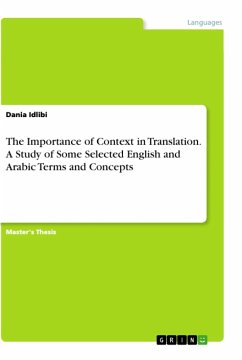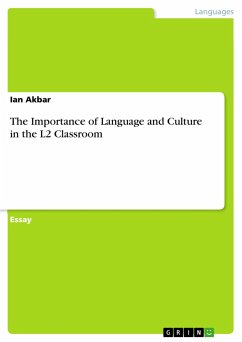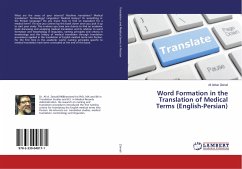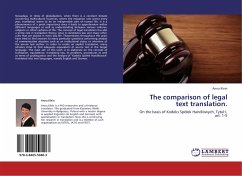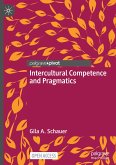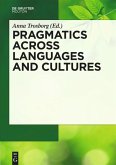Master's Thesis from the year 2018 in the subject Speech Science / Linguistics, Al-Baath University, language: English, abstract: This research explores the importance of context in translation, with emphasis on the impact of discrepancy between the Arab and Western cultures on the transfer of some culture-specific Arabic and English terms and concepts, in specific, and on the act of translating, in general.The research starts with studying the notion of context and its significance in both usage and interpretation of language, taking into consideration the contributions of a number of linguists in this regard, and highlighting the point that meaning is dependent on context. Even semantics is inseparable from context. It moves then to discuss the multi-dimensional notion of context in translation and its importance first in interpreting the source text and, second, in composing the target text-an act that entails transferring the source text interpretation to people of a different culture, using a different language. The context of translation is divided into textual and paratextual factors. The textual factors include the textual material with all the information it includes within for the translator to interpret its utterances, as well as general information about this textual material (the source text type and genre, for example). Paratextual factors include the translator's personality or preferences, information about the source writer, as well as the source and target languages, readers and cultures. This research explores these textual and paratextual factors as critical drivers through the act of translating, and it brings to light the influence of the discrepancy in the paratextual factors related to the source text and those related to the target text. It, specifically, focuses on the impact of the discrepancy between the source culture and the target culture, with the whole packs of concepts prevailing in them, on the vocabulary of the languages they are related to, the connotation and reference of some vocabulary, and people's sensitivity to certain topics. The fact that some concepts are peculiar to a certain culture has resulted in a large number of culture-specific terms in the language related to it. A study is offered to a number of culture-specific terms related to religion, social culture, and ecological and geographical features. Finally, the research also shows how some terms hold different connotations or references in different languages due to cultural considerations.
Hinweis: Dieser Artikel kann nur an eine deutsche Lieferadresse ausgeliefert werden.
Hinweis: Dieser Artikel kann nur an eine deutsche Lieferadresse ausgeliefert werden.

